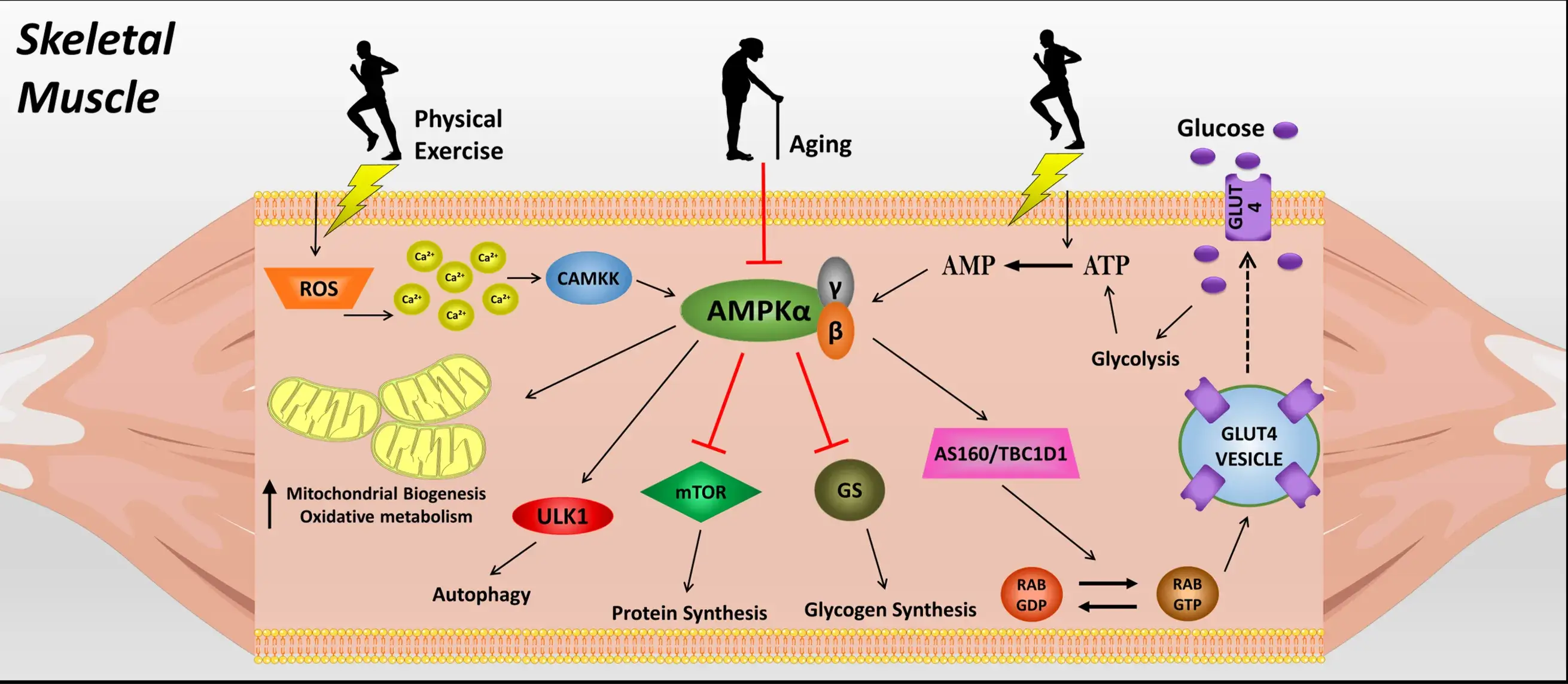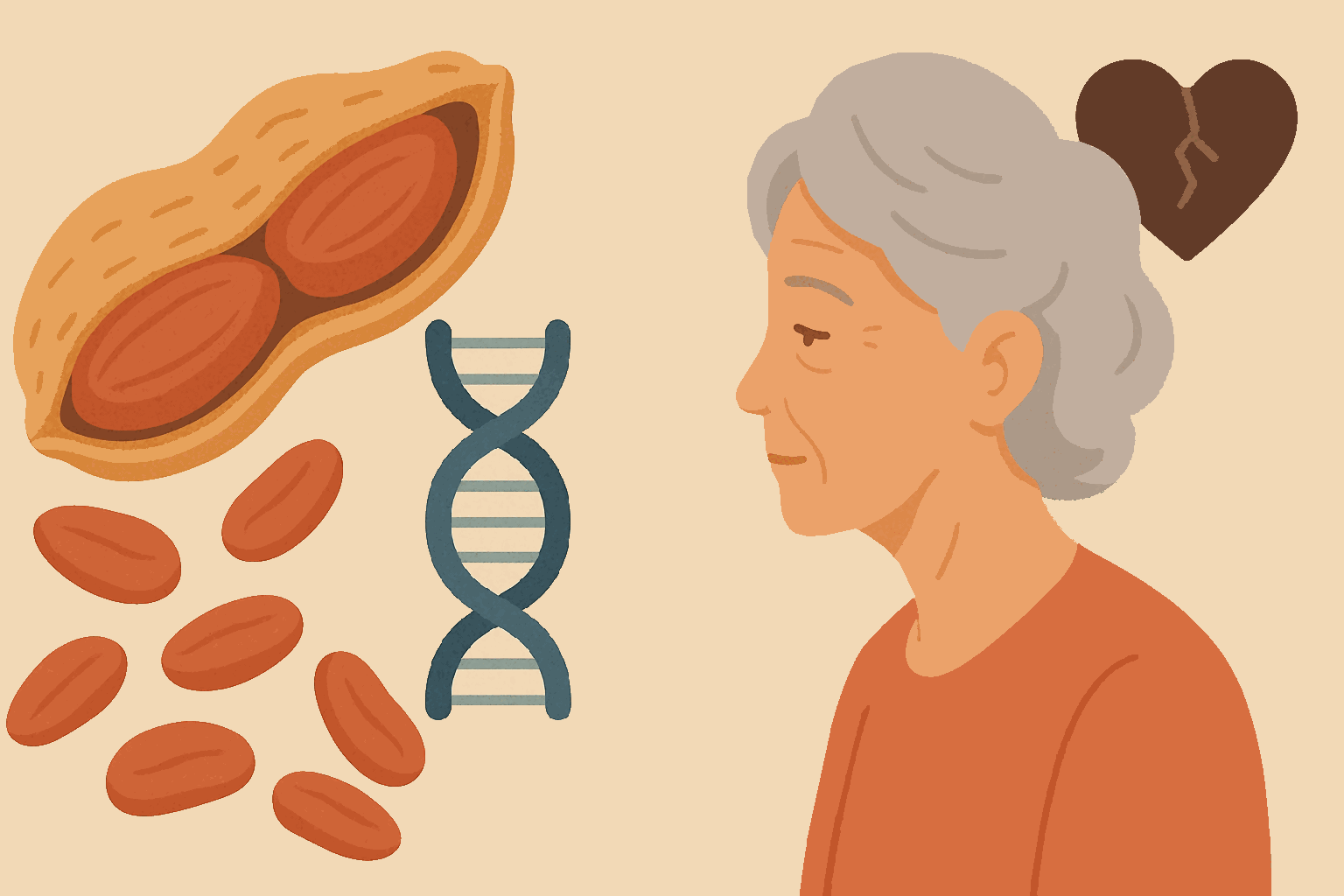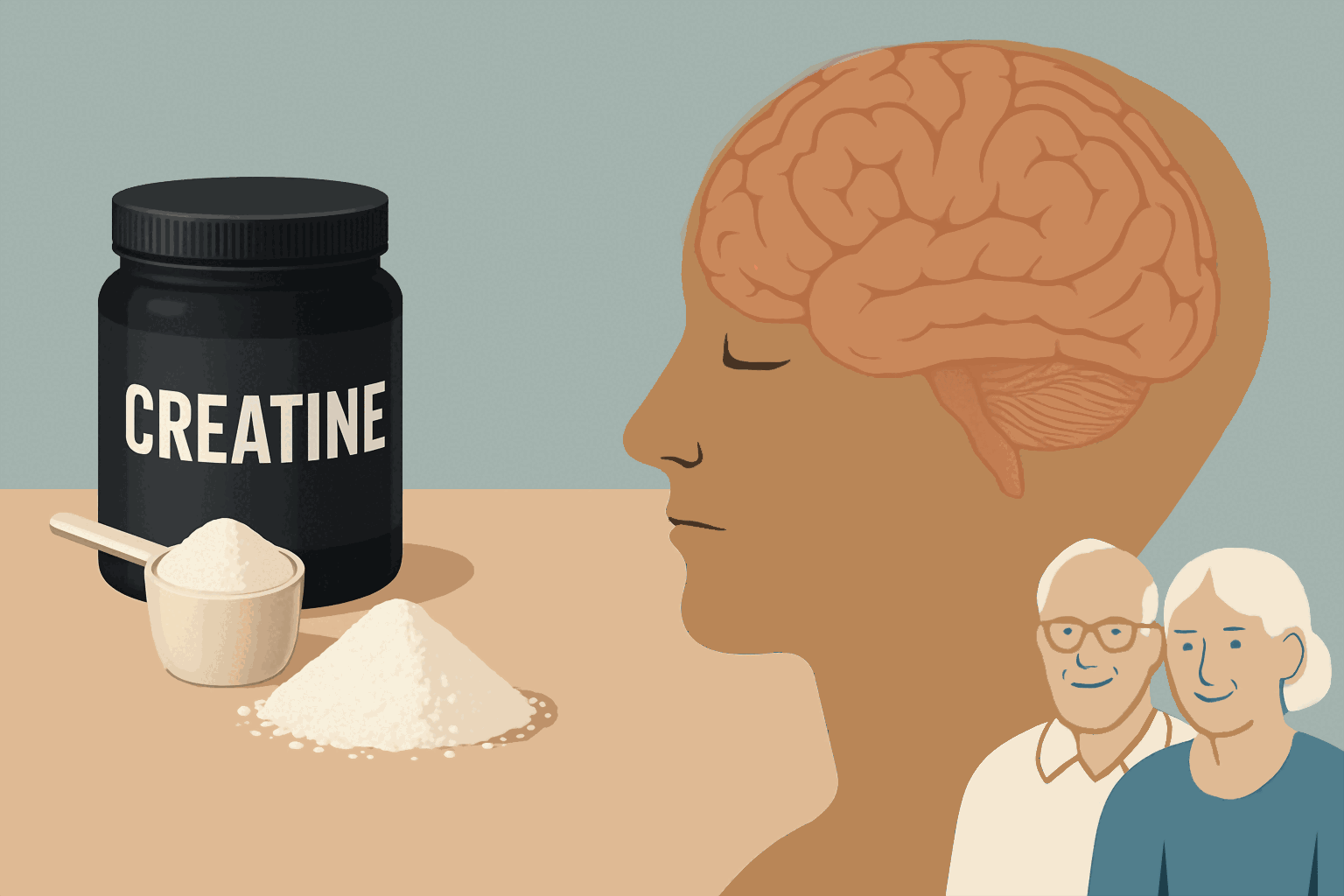
Walk to Live: Lower Your Mortality Risk
- Olivia Hart
- Health , Fitness , Wellness
- June 8, 2025
Table of Contents
Fast Facts: The Power of a Daily Walk (TL;DR)
- Significant Risk Reduction: Walking 7,000 steps daily can lower mortality risk by 50-70% over a decade.
- Age-Specific Goals: Adults over 60 see the most benefit from 6,000-8,000 steps daily, while younger adults should aim for 8,000-10,000.
- Metabolic Boost: Walking activates AMPK, a key enzyme that improves glucose metabolism and insulin sensitivity, independent of insulin.
- Strength and Health: Consistent walking reduces body fat, lowers bad cholesterol, and improves liver health markers.
- More Than Physical: Group walks can improve mental health by reducing stress and social isolation.
In a world chasing complex fitness trends and expensive gym memberships, one of the most powerful tools for enhancing health and longevity is also the simplest: walking. This fundamental human movement, often overlooked, is a cornerstone of preventive medicine, backed by a robust body of scientific evidence. Consistent daily walking is not just about burning calories; it’s a profound biological intervention that can dramatically reduce your risk of premature death, fine-tune your metabolism, and fortify your mental and physical resilience.
This article delves into the science-backed benefits of walking, translating clinical data into practical, actionable advice. We’ll explore the precise step counts that deliver maximum benefits, uncover the metabolic magic that happens inside your cells with every step, and provide a clear roadmap to integrate this life-changing habit into your daily routine.
The Science of Steps: How Many Do You Really Need?
The conversation around walking often centers on the arbitrary goal of 10,000 steps. However, modern science provides a more nuanced, age-specific prescription for optimal health. A landmark meta-analysis published in The Lancet synthesized data from 15 studies, revealing clear, evidence-based step-count targets [1].
- For Adults 60 and Older: The sweet spot for longevity is between 6,000 and 8,000 steps per day. In this range, older adults experience the most significant reduction in mortality risk. Beyond 8,000 steps, the additional benefits begin to level off, meaning you get the most protective impact without overexertion.
- For Adults Younger Than 60: The optimal range shifts slightly higher, with maximum benefits seen between 8,000 and 10,000 steps per day.
A powerful study published in JAMA Network Open reinforces this, showing that individuals taking at least 7,000 steps daily had a 50% to 70% lower risk of dying over a decade-long follow-up compared to their more sedentary peers. Crucially, these life-extending benefits were independent of walking intensity or speed, highlighting that cumulative daily volume is what matters most. This makes walking a highly accessible goal, as steps can be accumulated in short, convenient bursts throughout the day.
Metabolic Magic: How Walking Regulates Blood Sugar
 Beyond its cardiovascular benefits, walking profoundly impacts your metabolic health, particularly in regulating blood sugar. The key to this process is a cellular energy sensor called AMP-activated protein kinase (AMPK).
Beyond its cardiovascular benefits, walking profoundly impacts your metabolic health, particularly in regulating blood sugar. The key to this process is a cellular energy sensor called AMP-activated protein kinase (AMPK).
During physical activity like walking, your muscle cells expend energy (ATP). This increases the ratio of a molecule called AMP to ATP, signaling to the cell that energy levels are running low. This change in ratio flips the switch on AMPK, activating it [6].
Once activated, AMPK orchestrates a series of beneficial metabolic events:
- Insulin-Independent Glucose Uptake: AMPK signals muscle cells to move glucose transporters, specifically GLUT-4, to the cell surface. These transporters act like gateways, pulling glucose out of the bloodstream and into the muscles for energy—a process that occurs independently of insulin. This is a game-changer for individuals with insulin resistance or type 2 diabetes, as it provides an alternative pathway for glucose clearance that bypasses faulty insulin signaling [5].
- Improved Glycemic Control: Consistent walking regimens have been shown to significantly activate these AMPK pathways, improving both insulin sensitivity and the function of mitochondria (the powerhouses of your cells). Clinical trials show that breaking up long periods of sitting with short, light-intensity walks can effectively lower post-meal glucose spikes. Walking after meals, in particular, is a powerful strategy to manage blood sugar and is recommended by the American Diabetes Association [4].
More Than Cardio: Building Strength and Systemic Health
While known for its aerobic benefits, a consistent walking habit contributes significantly to muscle strength, improved body composition, and overall systemic health.
A six-month supervised walking program for patients with type 2 diabetes yielded remarkable results:
- Improved Body Composition: Participants saw a significant drop in their Body Mass Index (BMI) and body fat percentage.
- Healthier Cholesterol: “Good” HDL cholesterol increased, while “bad” LDL cholesterol and triglycerides decreased substantially.
- Better Liver Function: Markers of liver stress, such as the enzymes AST, ALT, and GGT, showed significant reductions, indicating that walking can help alleviate hepatic stress by promoting fat oxidation.
These benefits are especially relevant for aging populations, as maintaining muscle mass is crucial for preventing sarcopenia—the progressive loss of muscle and strength that can lead to frailty and falls. For a more comprehensive fitness plan, federal guidelines recommend complementing walking with muscle-strengthening activities (like lunges, squats, or using resistance bands) at least twice a week [7].
Your Brain on Walking: Mental and Social Well-Being

The advantages of walking extend far beyond the physical. Regular walking is a potent tool for enhancing mental and emotional health.
- Stress and Mood Regulation: Evidence suggests even moderate walking can alleviate symptoms of depression and anxiety. The rhythmic, repetitive nature of walking can have a meditative effect, calming the nervous system and improving mood.
- The Power of Group Walks: Walking in nature or with others can combat feelings of social isolation and loneliness—major risk factors for poor health outcomes. Group walks foster a sense of community and social connection, which are vital for sustained well-being. Laughter during these social interactions can even increase energy expenditure by up to 20%, adding a small but synergistic health boost.
Making It Stick: Practical Strategies for a Lifelong Habit
The greatest challenge of any health intervention is adherence. Fortunately, numerous tools and strategies can help you build and maintain a consistent walking routine.
- Set Realistic, Age-Appropriate Goals: Instead of an all-or-nothing 10,000-step goal, aim for the evidence-based targets for your age group. This makes the goal more achievable and sustainable.
- Leverage Technology: Use wearable fitness trackers or free smartphone apps like Google Fit and Apple Health to monitor your progress. Seeing your daily step count can provide powerful motivation and positive reinforcement.
- Embrace “Exercise Snacking”: You don’t need a single, long block of time. Accumulate your steps throughout the day. Take the stairs, park farther away, or schedule short 10-minute “walking snacks” during your breaks.
- Find Your Community: Join a local walking group or participate in community initiatives like the American Heart Association’s National Walking Day [8]. Social support and accountability are powerful motivators.
- Consider Nordic Walking: For an added challenge that engages your upper body and increases calorie burn, try Nordic walking. Using poles has been shown to improve resting heart rate, blood pressure, and overall cardiorespiratory fitness, making it an excellent low-impact option for older adults.
By integrating these evidence-based strategies, walking can transition from a simple activity to a cornerstone of your long-term health and vitality, offering profound benefits that are accessible to nearly everyone, everywhere [10].
Frequently Asked Questions (Q&A)
Q1: How many steps should I aim for each day to improve my health?
Q2: Does my walking speed matter more than the number of steps I take?
Q3: Can walking help manage type 2 diabetes?
Q4: Besides reducing mortality risk, what are other key benefits of walking?
Q5: Is walking enough, or should I do other types of exercise?
Disclaimer
The information provided on BioBrain is intended for educational purposes only and is grounded in science, common sense, and evidence-based medicine. It is not a substitute for professional medical advice, diagnosis, or treatment. Always consult a qualified healthcare provider before making significant changes to your diet, exercise routine, or overall health plan.
References
- Paluch AE, Bajpai S, Bassett DR, et al. (2022) "Daily steps and all-cause mortality: a meta-analysis of 15 international cohorts"
- Inoue K, Tsugawa Y, Mayeda ER, Ritz B. (2023) "Association of Daily Step Patterns With Mortality in US Adults"
- Hardie, DG. (2007) "AMPK: a key regulator of energy balance in the single cell and the whole organism"
- Colberg SR, Sigal RJ, Yardley JE, et al. (2016) "Physical Activity/Exercise and Diabetes: A Position Statement of the American Diabetes Association"
- Bird SR, Hawley JA. (2017) "Update on the effects of physical activity on insulin sensitivity in humans"
- Richter EA, Ruderman NB. (2009) "AMPK and the biochemistry of exercise: implications for human health and disease"
- Centers for Disease Control and Prevention (2023) "How much physical activity do adults need?"
- American Heart Association (2025) "National Walking Day"
- Lee I-M, Shiroma EJ, Kamada M, et al. (2019) "Association of Step Volume and Intensity With All-Cause Mortality in Older Women"
- World Health Organization (2020) "Every move counts towards better health – says WHO"
Tags :
- Walking
- Mortality risk
- Health benefits
- Daily steps
- Longevity
- Metabolism
- Exercise
- Aging
- Cardiovascular
- Wellness
- How many steps a day
- Ampk activation


